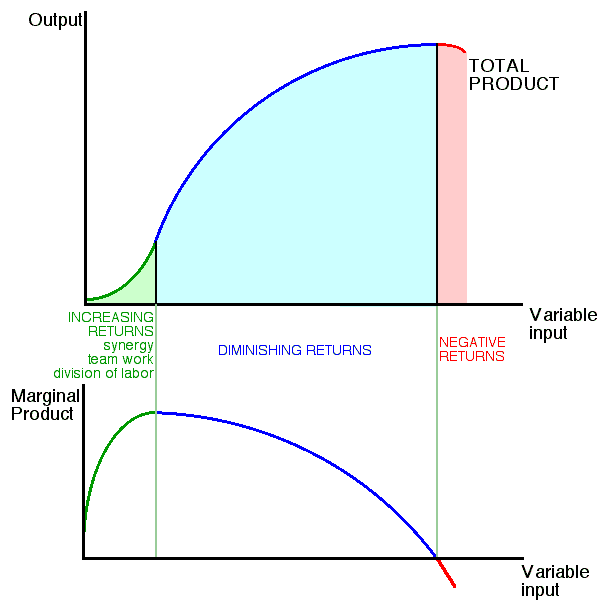How to Calculate Marginal Product of Capital

Marginal product is a term that is usually used in econometrics and other economics based discussions. Marginal product is the amount of extra units produced with the introduction of one extra variable input. The cost of producing the next additional unit and it is usually suppose to decrease considering the economies of scale that hit in with the increase of production but it can also be more expensive than the previous unit produced depending on the scenario that you are dealing in. It is important to calculate the marginal cost of the a next unit that will be produced so that you can evaluate if it is viable for the firm to produce the next product depending on the payback that you are getting on the production of the additional unit.
Instructions
-
1
You need to calculate the difference between the two different levels of total products. The following example will help you to understand the situation and the calculation of marginal product better. Suppose that you are going to employ two extra workers in the following week to meet the rising demand of the product and those two workers will add 25 more units to the total production that your firm produces in a particular period. Hence, the change in the product that will be brought with the increase of two workers is 25 units.
-
2
Now the second thing you need to do is to calculate the change in the input that caused the change in output. The change in input is the amount of extra workers that were employed to get the extra 25 units of product. Hence, it is clear that the change in input is two workers or you can say just two units. Remember that you are talking about the variable unit and not touching the concept of fixed expenses because they are not suppose to change with the increase in the level of production.
-
3
You just have to divide the two calculated figures in the above steps. Keep the change in output in the numerator and the change in variable input in the denominator (25/2). You will get the figure of 12.5 which is the marginal product.

